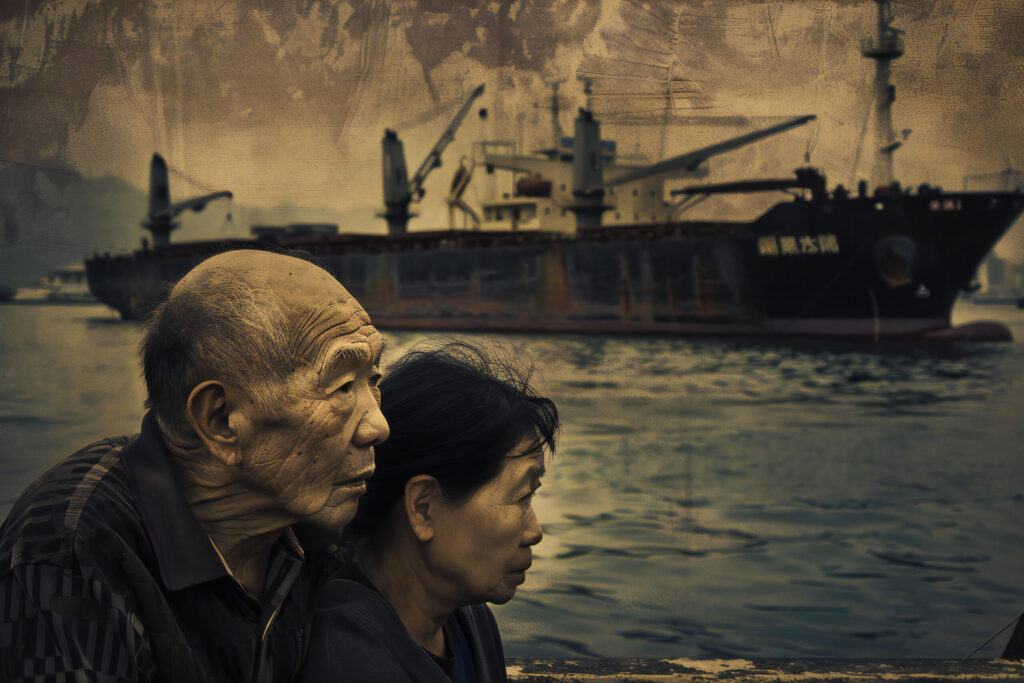Understanding Fascisterne: A Deep Look into a Shadowed Ideology

fascisterne
Introduction
The word fascisterne evokes a powerful reaction. For many, it brings to mind a time in history when freedom was under siege, and societies faced internal decay due to radical ideologies. But to understand what fascisterne really means, we must go beyond the surface and explore its roots, effects, and echoes that still ripple in today’s world.
This article is not meant to accuse or glorify, but to learn. Through knowledge, societies can build resistance against ideologies that bring harm. Let’s walk through what fascisterne truly represents, and why its lessons are still important.
The Birth of Fascisterne: Where Did It Begin?
Fascisterne, as a term and movement, did not appear overnight. It evolved over time from a mix of nationalism, authoritarian thinking, and societal unrest. After World War I, many countries in Europe experienced political and economic chaos. Unemployment, inflation, and frustration with democratic governments led some to seek “strong leadership.”
This desire gave space to fascisterne to grow. At its core, this ideology rejected pluralism. It promoted the idea that one leader, one nation, and one voice were the path to unity. While that might sound appealing in times of uncertainty, the consequences were deeply damaging.
Key Beliefs Held by Fascisterne Groups
It’s important to outline what fascisterne stood for. Understanding these beliefs shows us why they became dangerous:
- Extreme Nationalism: Fascisterne believed in the superiority of their nation or race over others.
- Anti-Democratic Views: The democratic process was often dismissed as weak or chaotic.
- Militarization of Society: Fascisterne favored strict discipline and often glorified war as a means of unifying people.
- Suppression of Dissent: Freedom of speech and political opposition were considered threats.
- Symbolism and Uniformity: From parades to propaganda, fascisterne relied on symbols to create emotional loyalty.
These values were often disguised as patriotic or protective. But in reality, they limited personal freedom and increased state control.
How Fascisterne Gained Power
Fascisterne did not seize power by force in every case. In many places, they were elected or appointed through legal processes. They gained public support by offering simple solutions to complex problems. They used fear, economic anxiety, and cultural pride to win people over.
Once in power, fascisterne quickly dismantled systems that checked their authority. Parliaments were weakened, opposition voices were silenced, and the legal system was manipulated to protect leaders, not citizens.
Propaganda was a key tool. Radio, newspapers, posters—all were used to spread the message of fascisterne as saviors of the nation.
The Impact of Fascisterne on Society
The effects of fascisterne rule were devastating in many regions. Personal freedoms disappeared. Minority groups were persecuted. In some countries, fascisterne policies led to violence, war, and even genocide.
Culturally, people were taught to conform. Art, music, and literature had to support state goals. Education was controlled to shape young minds with nationalist and authoritarian ideas.
Economically, industries were often redirected toward war or state projects. Workers lost their voices as unions were banned or turned into state-controlled tools.
Resistance Against Fascisterne
Not everyone accepted fascisterne rule. Throughout history, brave individuals and groups risked their lives to resist. Writers, thinkers, students, and ordinary citizens used underground printing, secret meetings, and public protest to fight back.
Their stories show that even in dark times, courage and hope can survive. They remind us that the presence of fascisterne does not mean people surrender. It means the battle for freedom becomes more urgent.
Why We Still Talk About Fascisterne Today
Even though decades have passed since the peak of fascisterne influence, the term still matters. That’s because the ideas never completely vanish. In times of crisis, similar themes return—calls for “strong leaders,” distrust in democracy, and the blaming of outsiders.
Studying fascisterne helps us spot these patterns. It prepares us to defend values like equality, inclusion, and democratic decision-making.
Recognizing Signs of Fascisterne Today
Modern societies should be watchful. Fascisterne might not wear the same uniforms or use the same slogans, but their methods often stay the same:
- Creating fear around immigrants or minorities
- Distrusting the press and independent media
- Attacking judges or legal institutions
- Demanding loyalty to a single person or party above all else
These signs aren’t always obvious. They grow slowly. That’s why learning about fascisterne is essential—not just for historians, but for every citizen.
What Can Individuals Do?
Fighting against fascisterne ideologies starts with awareness. Every person has a role:
- Educate yourself and others about history and civil rights
- Vote, and encourage open political discussion
- Support free media and critical voices
- Defend vulnerable groups, especially when they’re unfairly targeted
- Question authority, especially when it demands blind loyalty
These small actions build a culture where fascisterne ideas struggle to survive.
Learning from the Past
The story of fascisterne is not just history—it is a warning. It teaches us how quickly freedom can fade, how easily hate can spread, and how deeply society can suffer when power is unchecked.
But the story also contains hope. It shows that resistance is possible, that knowledge is power, and that ordinary people can make a difference. By understanding fascisterne, we equip ourselves with tools to protect democracy and peace for future generations.
Let’s never forget. Let’s always remain alert. And let’s keep talking about fascisterne, not to glorify it, but to ensure it never returns.





